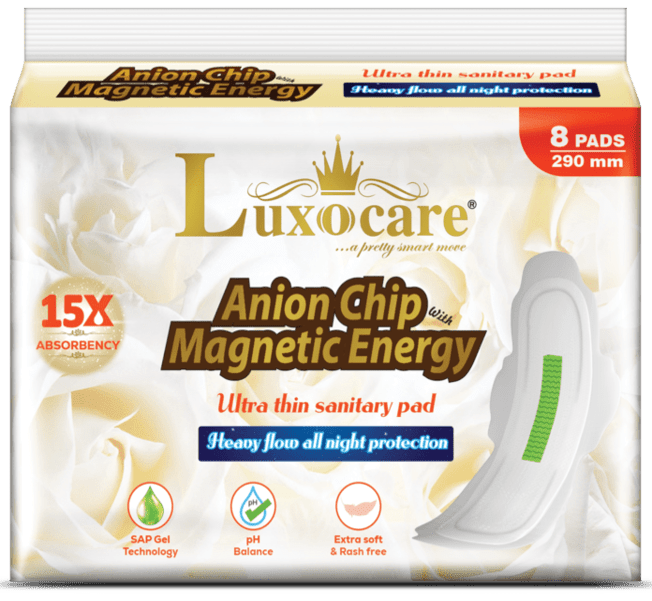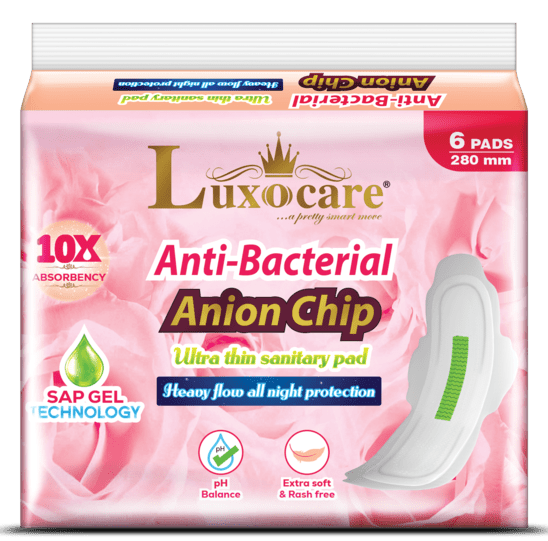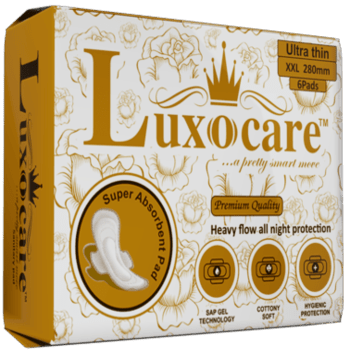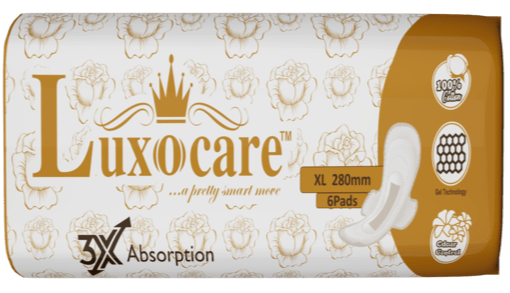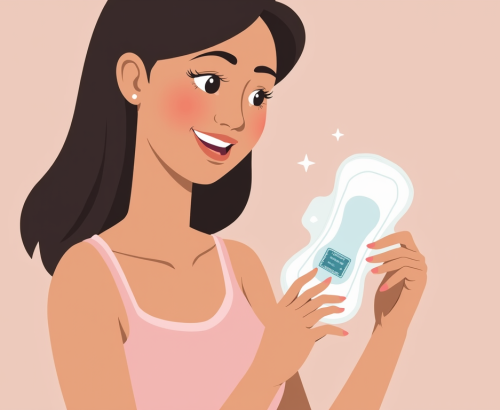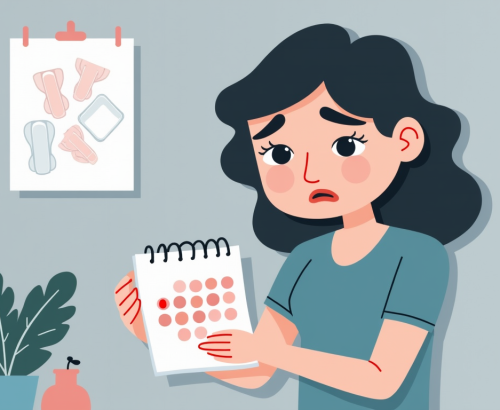
Choosing the right sanitary pad for sensitive areas is crucial to ensuring comfort, preventing irritation, and maintaining overall menstrual health. Sensitive areas can be prone to discomfort, rashes, and allergic reactions, so it’s important to select pads that are gentle and designed to minimize these issues. Here’s a guide to help you choose the best sanitary pads for sensitive areas.
1. Look for Hypoallergenic Materials
Hypoallergenic Pads
Sensitive Skin: Opt for pads labeled as hypoallergenic, which are designed to reduce the risk of allergic reactions and irritation. These pads are typically made with materials that are less likely to cause sensitivity or rashes.
Dermatologically Tested: Choose pads that have been dermatologically tested to ensure they are safe for sensitive skin.
Natural and Organic Options
Organic Cotton: Pads made from organic cotton are a great choice for sensitive areas. Organic cotton is free from synthetic chemicals and pesticides, which can reduce the risk of irritation.
Natural Materials: Look for pads that use natural, non-synthetic materials to minimize potential allergens and irritants.
2. Avoid Fragrances and Additives
Fragrance-Free Pads
Sensitivity: Fragrances and scented pads can cause irritation, especially for sensitive skin. Choose pads that are fragrance-free to avoid potential allergic reactions and discomfort.
Natural Scent: Some pads come with natural odor control without added scents, which can be a safer option for sensitive areas.
Minimal Additives
Additive-Free: Avoid pads with additional chemicals or additives, such as dyes or chlorine bleach, which can irritate sensitive skin. Look for pads labeled as free from harmful additives.
3. Choose Soft and Comfortable Materials
Soft Top Layer
Comfort: Select pads with a soft, cotton-like top layer that feels gentle against the skin. Soft materials can reduce friction and prevent discomfort or irritation.
Breathable Fabric: Ensure the top layer is breathable to help keep the area dry and reduce the risk of chafing or irritation.
Smooth Edges
No Rough Edges: Pads with smooth edges and no rough seams are less likely to cause irritation. Look for pads designed with comfort in mind, including those with rounded or softly edged designs.
4. Consider the Absorbency and Thickness
Moderate Absorbency
Flow Management: Choose pads with appropriate absorbency for your flow. Pads that are too thick or overly absorbent can sometimes feel bulky and uncomfortable, while those that are too thin may not provide adequate protection.
Comfort and Fit: Ensure that the absorbency level matches your needs without compromising comfort.
Thin and Flexible Options
Flexibility: Thin and flexible pads can offer a more comfortable fit, particularly for sensitive areas. They conform better to your body and reduce the feeling of bulkiness.
Movement: Flexible pads move with your body, reducing friction and minimizing the risk of irritation.
5. Opt for Pads with Adhesive Wings
Secure Fit
Prevents Shifting: Pads with adhesive wings help keep the pad securely in place, reducing the need for adjustments and minimizing friction against sensitive areas.
Additional Coverage: The wings provide extra coverage and protection against leakage, which can enhance overall comfort.
Gentle Adhesive
Skin-Friendly: Ensure that the adhesive used on the wings is gentle and designed for sensitive skin. It should provide a secure fit without causing irritation or leaving residue.
6. Test Different Brands and Styles
Sample Various Options
Find What Works: Different brands and styles offer various levels of comfort and protection. It may be helpful to try several options to determine which pad works best for your sensitive areas.
Personal Preference: Pay attention to how different pads feel during wear and choose the one that provides the best combination of comfort and protection.
Read Reviews and Recommendations
Feedback: Check reviews and recommendations from others who have sensitive skin or specific needs. This can provide insights into which products are well-suited for sensitive areas.

